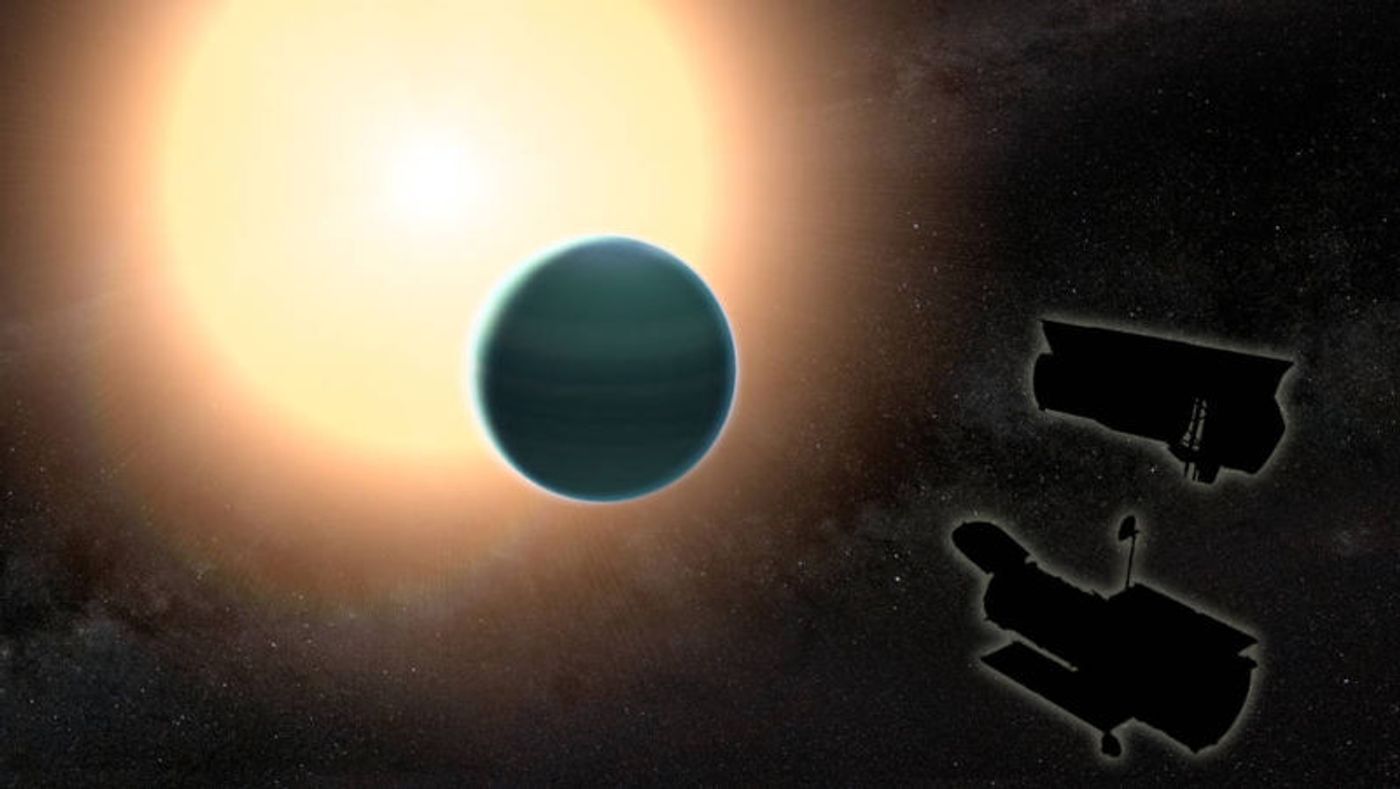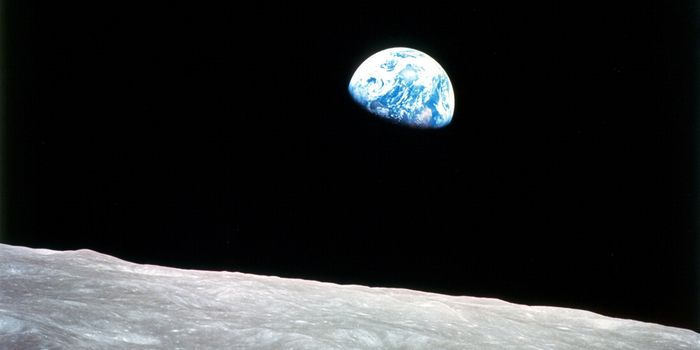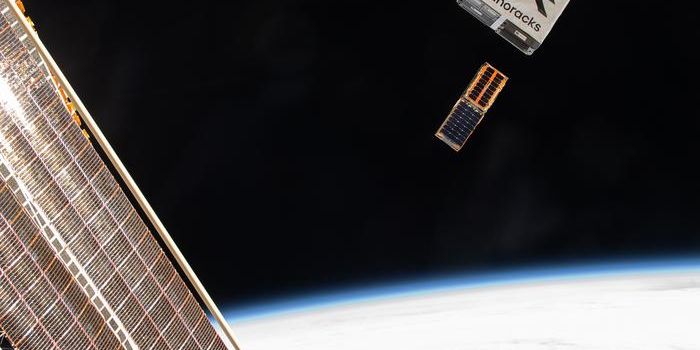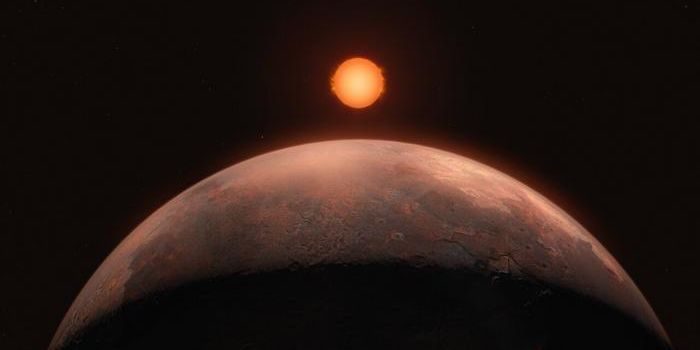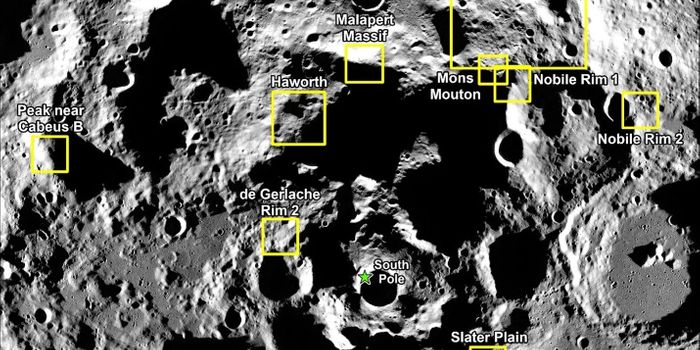Astronomers Find Water Vapor in the Atmosphere of Distant Neptune-Like Exoplanet
While studying distant exoplanets from other systems, astronomers sometimes come across surprising discoveries about them.
Among one of the latest is the presence of water vapor alongside hydrogen and helium in the atmosphere of a warm Neptune-like exoplanet dubbed HAT-P-26b, which exists some 420 light years away from Earth where it orbits its host star so closely that it completes an orbit after almost four Earth days.
Related: Neptune-like exoplanets are the most common type of exoplanet found
The planet itself has almost the same mass as Neptune does, but in terms of size, Neptune has a radius of 25,000 kilometers while HAT-P-26b has a radius of 40,000. That said, there is a difference in makeup.
Image Credit: NASA/GSFC
The water vapor discovery was made by examining data collected by both the Hubble Space Telescope and the Spitzer Space Telescope, while the planet was transiting its host star’s surface, which dimmed the light of the star and illuminated its atmosphere revealing the molecules it contained. The detailed findings appear in the journal Science.
“We’re looking at the change in the amount of light from the star, like a mosquito flying in front of a streetlamp,” says Wakeford. “Different things in the atmosphere will block the light in different ways.”
Worthy of note, while it’s not uncommon for water vapor to be discovered in the atmospheres of planets in our solar system, it’s not too often that astronomers discover water vapor in the atmospheres of exoplanets with a size and mass of this caliber.
Related: Scientists wish they could see the rocky core of Neptune
Although it contains traces of water vapor in its atmosphere, it’s unlikely that HAT-P-26b supports life being that it’s a gassy planet. That said, while it’s not significant in the search for life, knowing that there’s water vapor in the exoplanet’s atmosphere can help astronomers determine an accurate understanding of what other chemicals might be there.
Hubble has already provided information that suggests there are plenty of heavy elements in HAT-P-26b’s atmosphere, but determining exactly what all of them are takes time and endless studying. More importantly, it tells us about the exoplanet’s metallicity, a mesure of heavier elements, which can be used to determine when and where the exoplanet formed.
Interestingly, HAT-P-26b has almost 20 times less metallicity than Neptune does, which leaves experts with the implication that it must’ve formed closer to its host star than where it resides now. Instead, the exoplanet has almost the same metallicity as Jupiter and Saturn do, both of which are believed to have formed closer to our Sun during the early Solar System.
Despite the fact that this is just a theory, the researchers point out that the most important part of this research is to improve our efficiency at spotting water vapor in exoplanet atmospheres.
It’s not always easy, but there may come a day when we spot just the right exoplanet that has the proper conditions to support life, and when we find water vapor, that’ll definitely raise some eyebrows. Perhaps the James Webb Space Telescope will help revolutionize how we find this valuable data.
Source: Ars Technica, Popular Science
